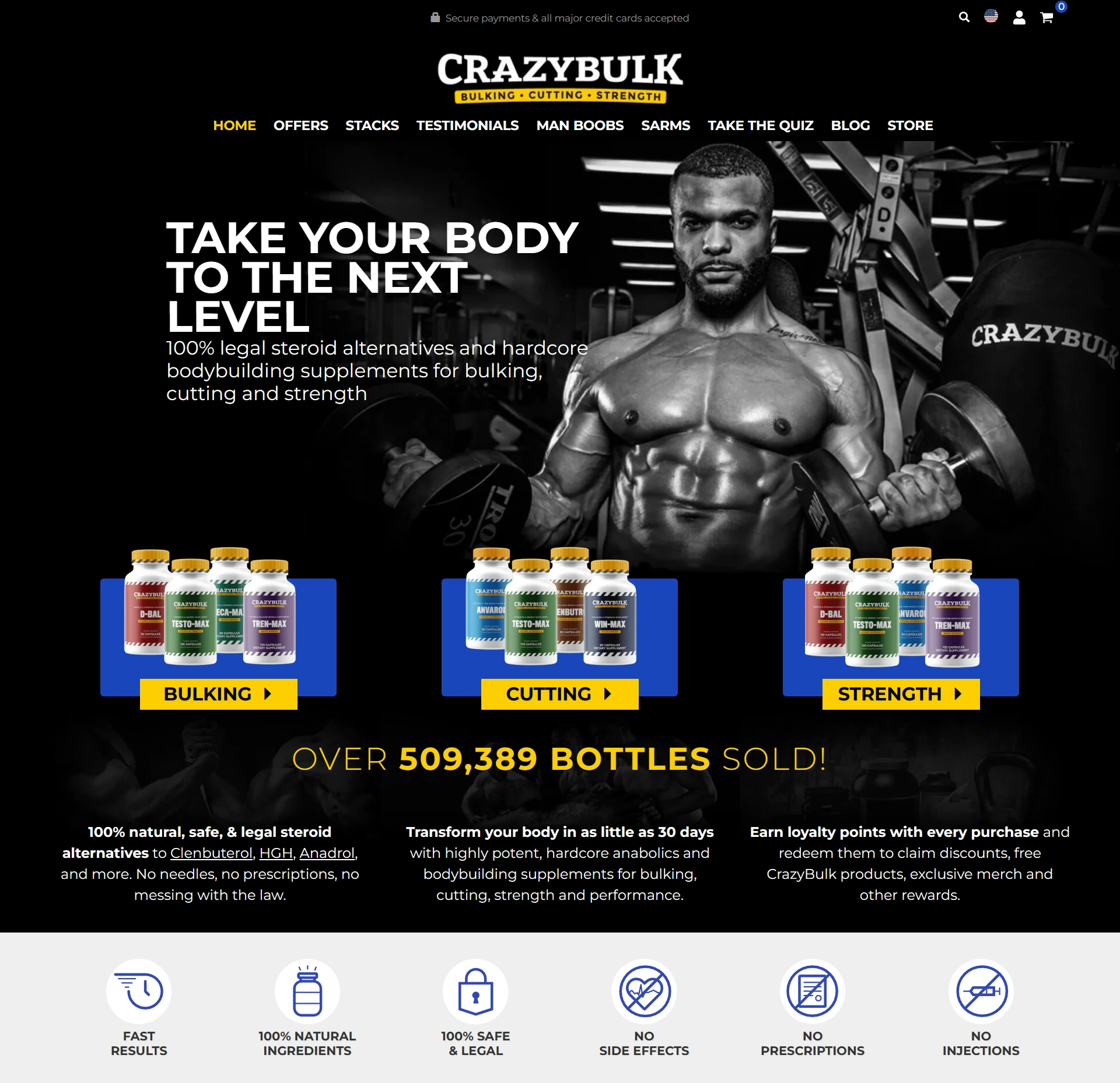what food raises testosterone by 52 percent
- Social Links:
Overview
-
Sectors Education Management
-
Posted Jobs 0
-
Viewed 20
Company Description
Whats the Difference Between Total and Free Testosterone?

Understanding free testosterone vs total testosterone: A comprehensive guide
However, there is a general consensus among experts regarding what is considered to be a healthy range for free testosterone in women. There is a possibility that these symptoms are due to the low free testosterone. Studies show that total testosterone deficiency is not the only cause behind these symptoms. You can experience them even if your total testosterone is normal, but you have low free testosterone levels.
This can be seen in older age, where SHBG levels often increase considerably [1]. In women, levels of testosterone are around ten times lower than men, and the majority is bound to the protein, SHBG (about 80%). As such, free androgen index (FAI) is a better measure than free testosterone. It’s the ratio of total testosterone to SHBG and is useful for detecting raised androgens (male hormones), as is seen in conditions like polycycstic ovary syndrome (PCOS). With a comprehensive approach that combines lifestyle interventions and medical guidance, individuals can effectively manage testosterone levels and promote overall health and well-being.” Understanding this age-related decline in testosterone levels is crucial for individuals to proactively address potential symptoms or concerns related to hormonal changes during this phase of life.
Although present in much lower levels than estrogen and progesterone, testosterone’s balance is crucial for the normal functioning of the female reproductive system. Testosterone, often hailed as the primary male sex hormone, is a powerful and multifaceted chemical messenger that plays a pivotal role in both male and female physiology. It’s crucial to consult a healthcare professional for a thorough evaluation if you have concerns about elevated free testosterone levels. They can provide personalized guidance and recommend appropriate interventions if necessary. Yet free T actually comprises about 2 percent of your total testosterone, explains Dr. Welliver. The majority of your testosterone is bound tightly to proteins called sex hormone-binding globulins (SHBG), which sequester the free T and take it out of action so it can’t have any end effect.
Total testosterone refers to the entire amount of testosterone circulating in your blood, both bound and unbound. Much of your total testosterone is bound to proteins, like albumin and sex hormone-binding globulin (SHBG). When testosterone is bound to proteins, your tissues are unable to activate testosterone receptors around the body and use the hormone the right way. The primary aim of our study was to elucidate the relationship between serum testosterone levels and nephrolithiasis. Testosterone has been postulated to be a risk factor for urinary stones since the prevalence of stones is two to three times greater in men than in women [4, 5].
Free testosterone, on the other hand, refers only to testosterone that is not bound to proteins. As the “active” form of the hormone, free testosterone can readily bind to receptors and exert its effects on the body. Generally, free testosterone makes up about 2% to 3% of total testosterone.
The blood sample is analyzed in a laboratory, and the results show the concentration of free testosterone in the bloodstream. It is important to note that total testosterone levels are also measured in addition to free testosterone levels. Total testosterone includes both the free testosterone and testosterone that is bound to other proteins in the body. Moreover, we addressed the significant impact of lifestyle choices on testosterone levels.
Doctor-prescribed medication can lower higher than normal levels of testosterone. Some testosterone boosters have also been reported to increase the risk of developing prostate cancer [17]. That’s why we are very careful to look at the ingredient list of every product we review. Aimed at raising T concentration, testosterone therapy is recommended for all men with a testosterone deficiency, with the only exception being men who experience this decrease due to aging. The overall concentration of testosterone in the blood of both males and females decreases with age. Testosterone is an androgenic hormone produced in both males and females by their respective gonads and adrenal glands.
By measuring free testosterone, which represents the hormone available for use in the body, healthcare professionals gain valuable insights into hormonal status. If your free testosterone levels are below the normal range, it may indicate a condition called hypogonadism, which is characterized by inadequate testosterone production. This can lead to symptoms such as fatigue, decreased muscle mass, reduced libido, and mood changes. Low free testosterone levels can also be caused by certain medical conditions, medications, or lifestyle factors. It is important to consult with a healthcare professional to determine the underlying cause and discuss appropriate treatment options. Free testosterone is an important hormone that plays a key role in male development and overall health.
These treatments underscore the necessity of a personalized approach, considering the unique needs and conditions of each individual. In this comprehensive exploration of testosterone, we have delved into the intricate details of how this pivotal hormone influences both men’s and women’s health. Addressing these myths and misconceptions is key to understanding the true nature and role of testosterone in the body. Recognizing the complexities surrounding does leg workouts boost testosterone, ville-auverssuroise.fr, helps in making informed decisions about health and treatment options.
Free testosterone level shows the amount of the hormone active in your body. If you have normal T levels, but most of it is bound, you’ll still experience low testosterone symptoms. This is because bound T is practically unavailable to the processes that need it. In males, testosterone acts as the primary sex hormone and is crucial for developing male reproductive organs and protein synthesis necessary for increasing muscle mass. Free testosterone is the active version of testosterone responsible for all these biological processes [1].
